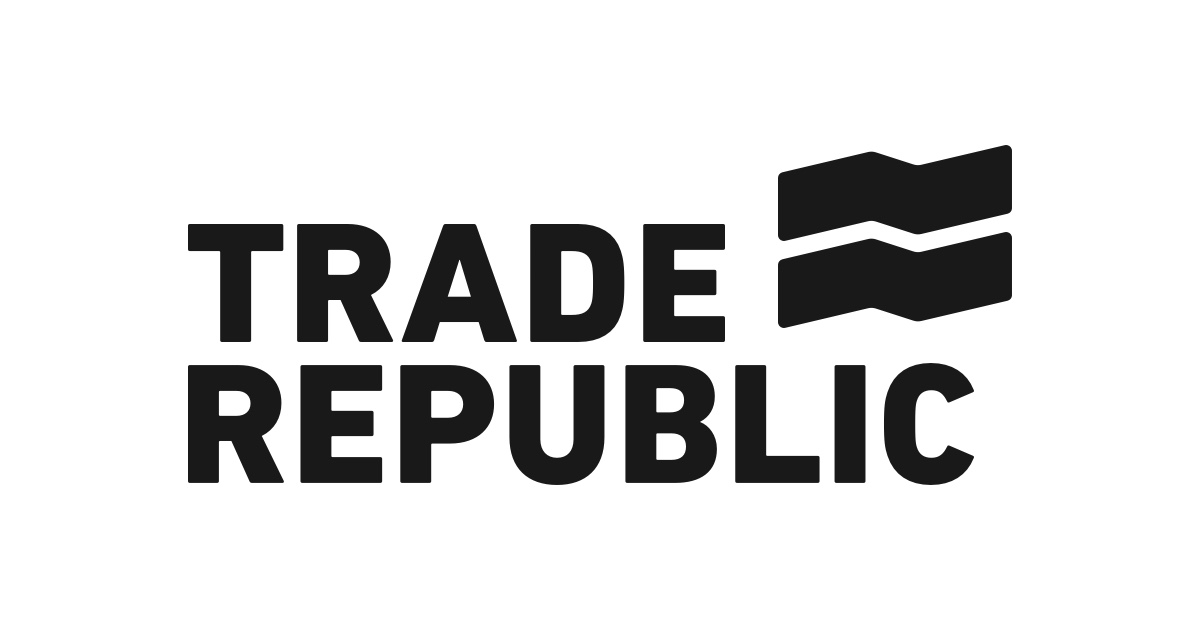Investing in bonds
Bonds are a type of loan to a company or government. Investing in bonds is low risk and usually a long-term investment. The returns can still be good, however, and are better than setting money aside on a savings account. Bond investing is probably the most well-known investment apart from stocks.
Please note: trading in bonds on the financial markets involves risks, you can (partially) lose your investment.
What are bonds?
 When you invest in a bond, you are basically loaning money to a government, bank or business. These issuers may use the loan for new projects, maintaining operations or pay outstanding debts.
When you invest in a bond, you are basically loaning money to a government, bank or business. These issuers may use the loan for new projects, maintaining operations or pay outstanding debts.
The government or company will then issue a bond consisting of the interest rate, also known as coupon rate, and the maturity date when the loan must be paid back. As a bondholder, your return mainly consists of interest payments. You can also sell a bond for a higher market value before its maturity date.
How to invest in bonds
To invest in bonds, you can not go directly to a bond issuer. Instead, you need to open a brokerage account to buy bonds by signing up with an online broker. A broker is a trading platform where you can buy and sell all types of investments to build your portfolio, from stocks to funds as well as bonds.
Below, you will find popular brokers:
If you want to trade and invest all by yourself eToro is currently Europe’s online brokerage champion. You can trade in stocks, commodities, crypto and other currencies. Templates allow you to invest directly in a variety of sectors. Don’t invest unless you’re prepared to lose the money you invest.
With the platform Trade Republic, you can invest in 10,100 stocks and ETFs. Start investing in fractional shares from 1 euro. You also earn 4 percent interest on uninvested balances.
Types of bonds
You can invest in European government bonds, corporate bonds or bank bonds. The first one is considered the lowest in risk, since government bonds usually give a steady fixed income as well as loan repayment. For corporate bonds, this can be dependent on business performance. When a company performs badly, for example, this can affect your returns.
Government bonds are the lowest in risk.
Bank bonds, like government bonds, are also considered low-risk. Although, just like a company, a bank can go bankrupt. If a bank is close to bankruptcy, a government can decide to dissolve any interest or loan payments in order to save it. This is called a bail-in and means you lose on your returns. However, this is not a common occurrence.
Alternative bonds
 Aside from these main types of bonds, there are alternative bonds. First of all, you can invest in convertible bonds which can be converted into shares. This has the benefit of receiving a fixed interest rate but also having the option to own a part of a company later on.
Aside from these main types of bonds, there are alternative bonds. First of all, you can invest in convertible bonds which can be converted into shares. This has the benefit of receiving a fixed interest rate but also having the option to own a part of a company later on.
These bond investments are most fruitful when the stock’s value exceeds that of the bond plus the remaining payments. The number of shares you can get is determined beforehand.
Perpetual bonds have no maturity date and can be seen as equity instead of debt.
Perpetual bonds are another type of alternative bond investments, also known as consol bonds. This bond has no maturity date and can be seen as equity instead of debt. A perpetual bond provides interest payments forever, but will never be repaid. When investing in perpetual bonds, therefore, it is important that they are secure enough. This type of alternative bond can also be compared to dividend payments.
Lastly, there is subordinated debt. This alternative bond is also known as junior security, since it will only be paid after all other corporate debts and loans are fully paid back. Subordinated debt is more risky than other bond investments. When a company files for bankruptcy, other debts will have a higher priority. It is therefore possible you lose out on your repayment. To compensate for this risk, though, subordinated debt has higher interest rates.
Open an account directly with Etoro, a large European broker, or with Freedom24, which offers a range of one million stocks, ETFs and options. Investing involves risks. You can lose your investment.
Bond funds and ETFs

A lot of people are buying bonds for the long-term to build up their returns over time. Therefore, instead of buying individual bonds, it can be interesting to invest in a mutual fund or Exchange Traded Fund (ETF).
As an investor in a fund or bond ETF, you do not have to be too actively involved. Instead, these funds automatically will be trading bonds and spread the risk for you across many types of bonds with different durations.
Funds and ETFs automatically spread the risk for you.
With bond funds, the returns from interest payments are usually offered in the form of dividend. Any capital gains made from a bond’s changing market rate, you will receive annually. This makes any returns you make into an even more regular income stream. To compare: individual bonds usually provide interest payments twice a year.
Keep in mind that a fund or ETF will ask for a percentage of service fees. In general, ETFs have lower costs than a mutual fund. This is because an ETF is passively managed by tracking a market index, for example. A mutual fund, however, is often under active management that makes investment decisions.
Risks

Bonds are considered a low risk investment compared to, for example, investing in stocks. However, that does not mean bondholders are free of risk.
Since the interest rate is decided upon beforehand, these returns are quite safe. However, the price of bonds may vary and if a business is in financial trouble, it is possible they are exempt from payments. If the issuer goes bankrupt, you can even lose (a part) of your investment.
Although a bond investment is relatively safe, it is therefore advised to still spread any risks. With corporate bond investments, you can of course invest in bonds from different sectors. Another way to spread risk is by picking investment bonds with different durations. While you can decide for yourself when to sell shares, for example, this is not always the case with bonds. By choosing different maturity dates, disappointing returns can be offset more easily.
Lastly, consider investment bonds as well as stocks. This is because the two assets are negatively correlated: when one performs badly, the other usually performs well. For this reason bonds are often used as a diversifier for a stock portfolio to decrease market volatility.
Returns
Bond prices may vary, but the returns on bonds mainly consist of pre-arranged interest payments. For as long as you hold the bond, you will receive these payments regularly. Interest payments are usually paid twice a year. In this way, you can receive a regular income stream. It can also be interesting to re-invest your bond returns on a regular basis.
Returns mainly consist of interest payments. You can also sell a bond before the maturity date.

Compared to stocks, bonds generally offer lower returns over time in exchange for lower risks. According to Morningstar investment research, long-term government bonds provide returns of around 6 percent per year since 1926. However, bond returns depend on the bond maturity and what type of bond you invest in. In general, though, long-term bonds tend to have higher value in terms of interest payments.
Aside from interest payments, you can sell a bond for profits before its maturity date. This can be fruitful when a bond’s market rate is higher than its nominal value. The next paragraph explains why a bond’s market rate can rise or fall.
The market rate of bonds
There are a few different factors that impact a bond’s market rate. First and foremost, the market value of short-term bonds will rise and fall more slowly than long-term bonds.
In addition, if interest rates go down and savings accounts are less profitable, the market rate of bonds generally goes up. In other words: when interest rates are low, the bond market offers higher returns than a savings account at the bank.
Furthermore, the market rate can go up if the creditworthiness of the bond issuer improves. After all, this means risks are lowered because there is a higher chance that the bond will be fully repaid. The public trust in the issuer can also be important: in the European debt crisis investors questioned if Greece, Spain and Italy could pay their debts. As a result, the market rate of bonds in these countries collapsed.



